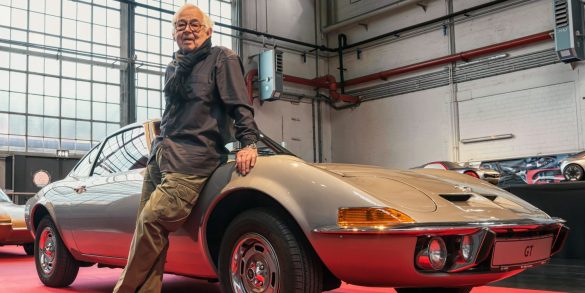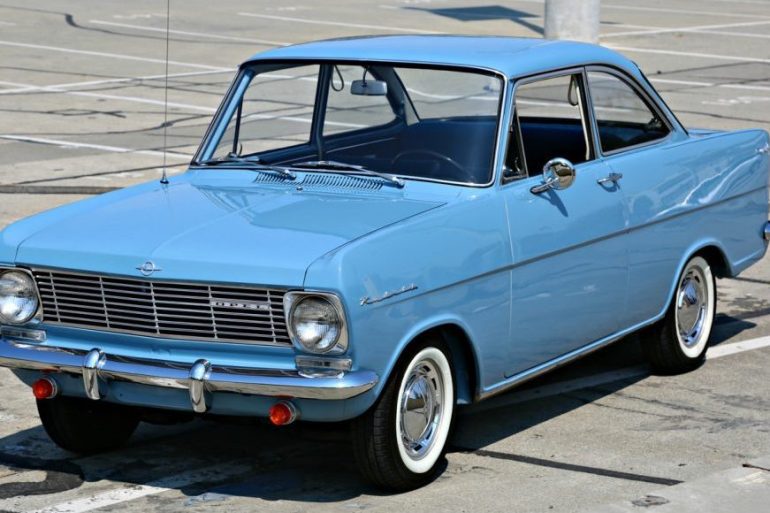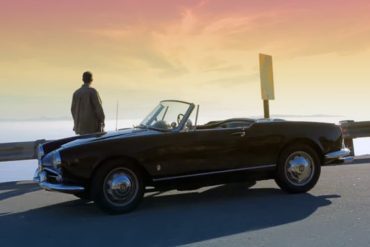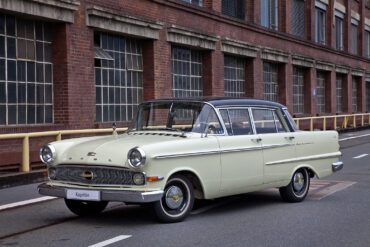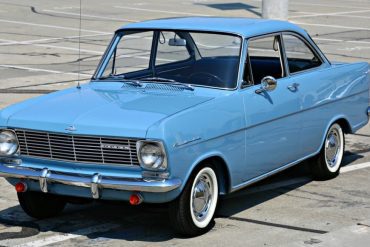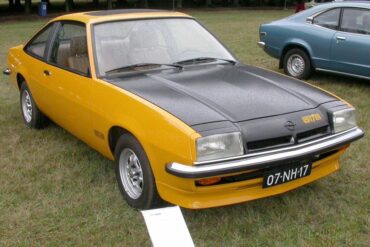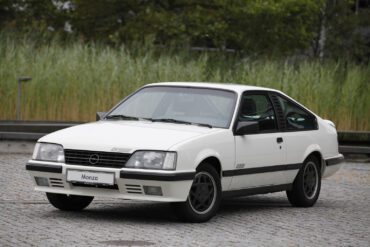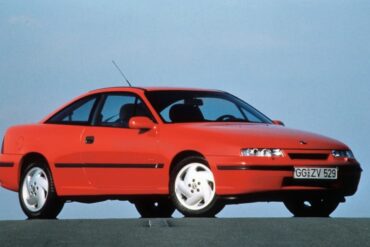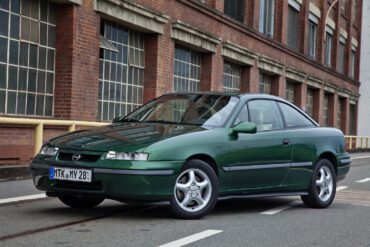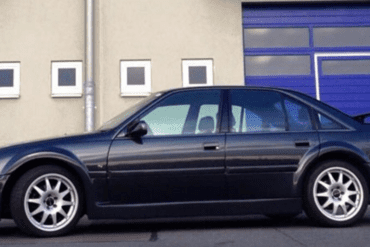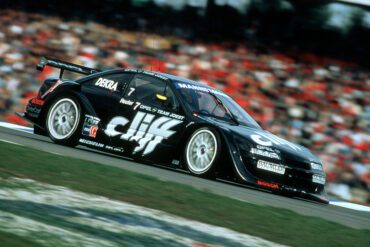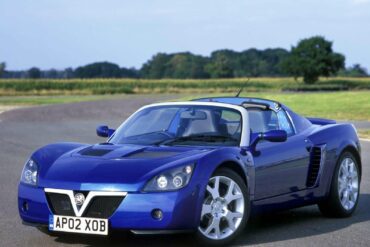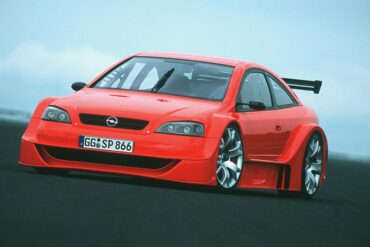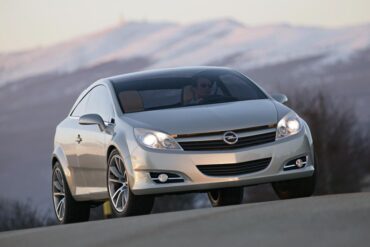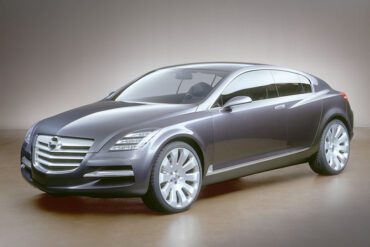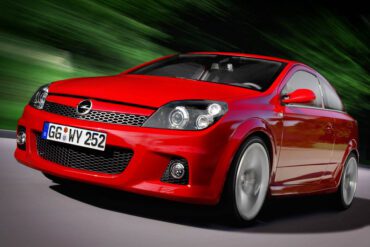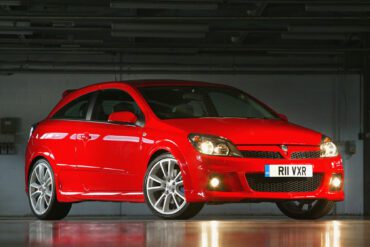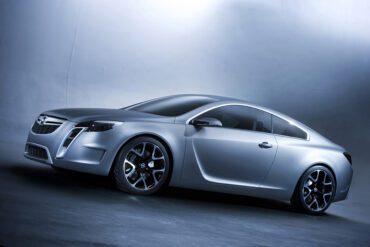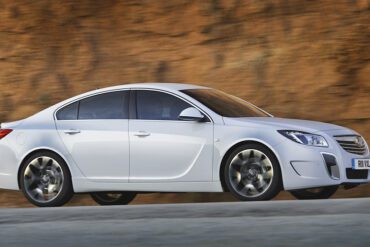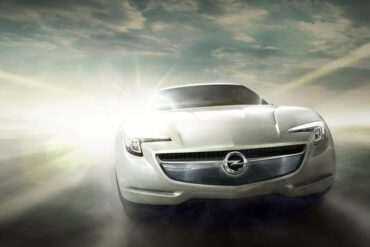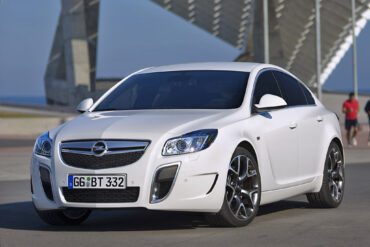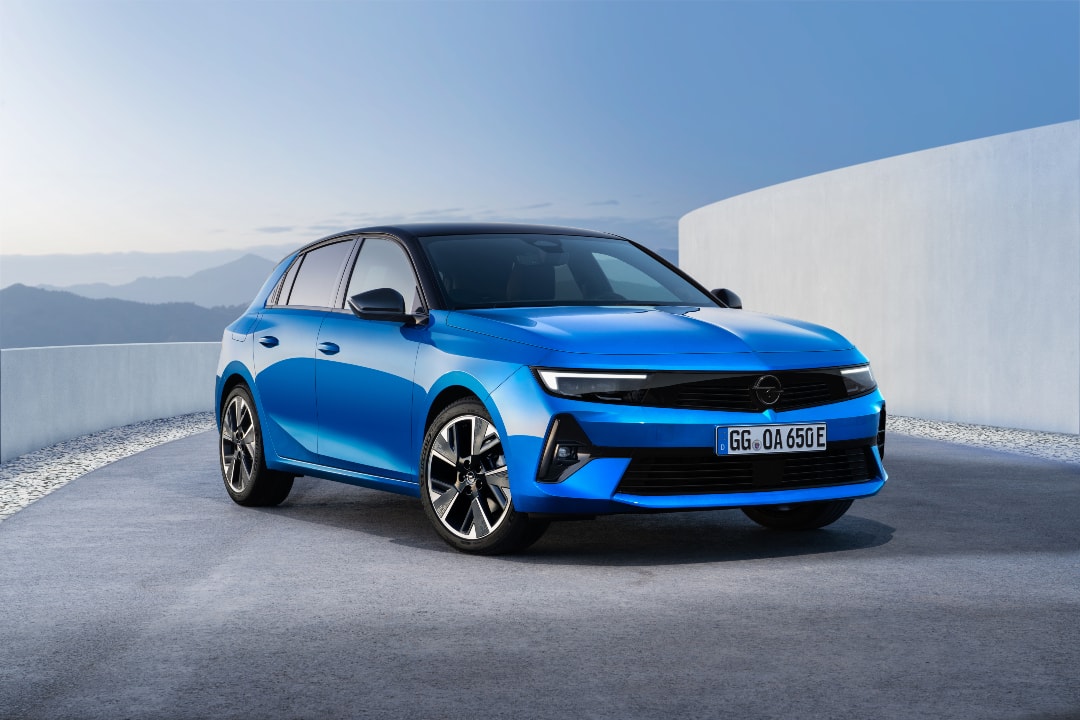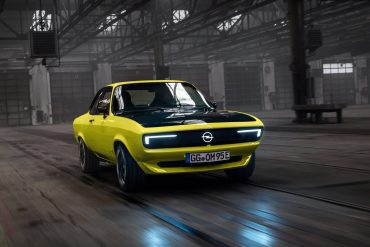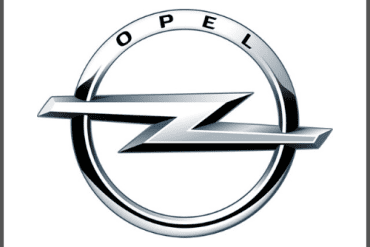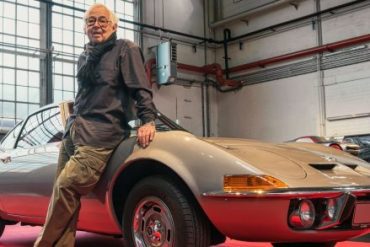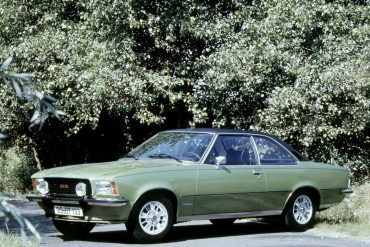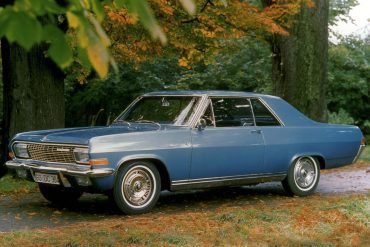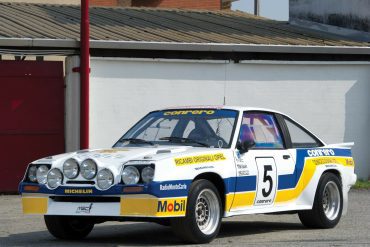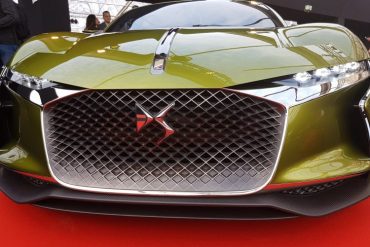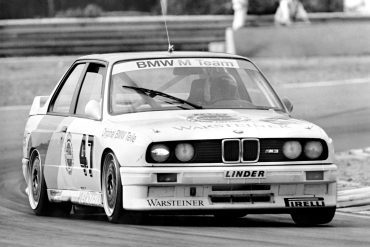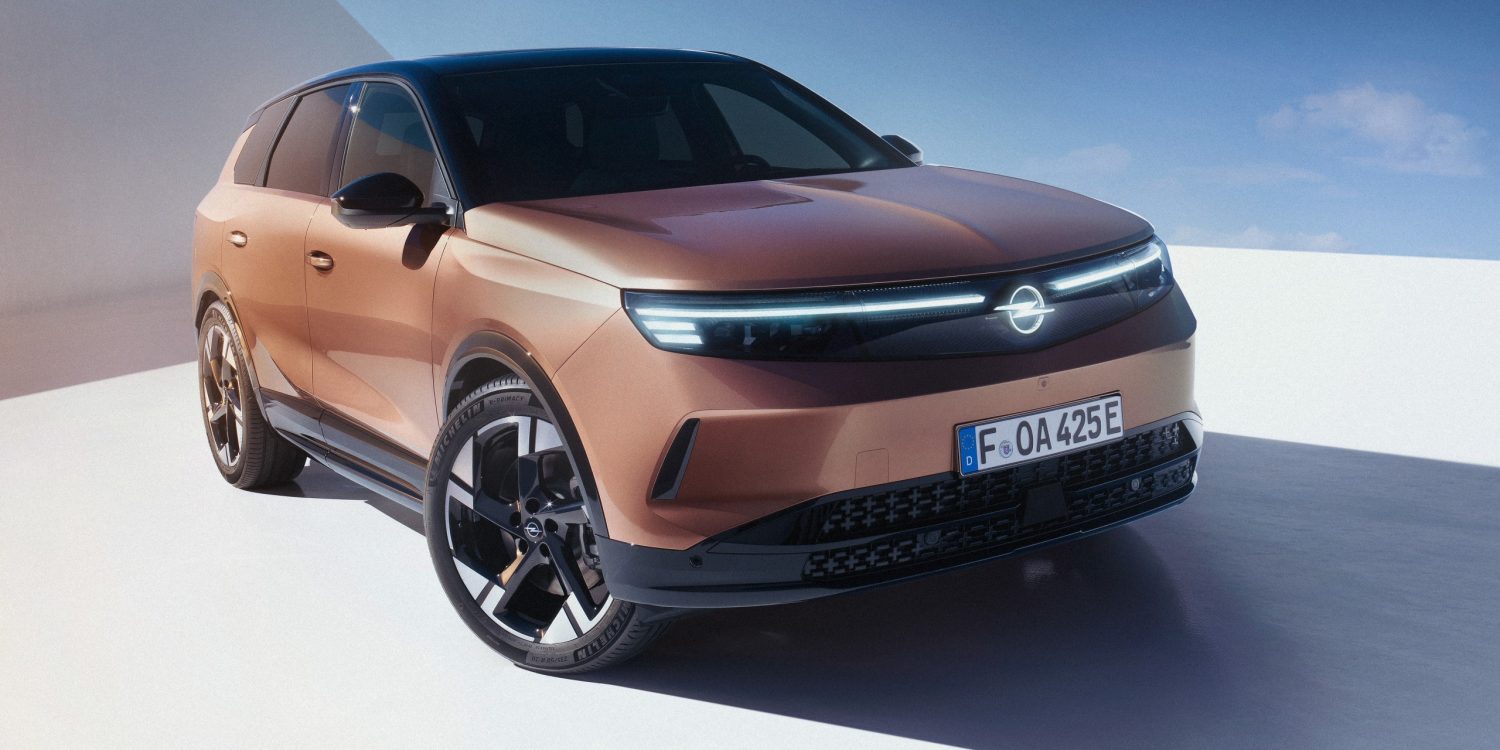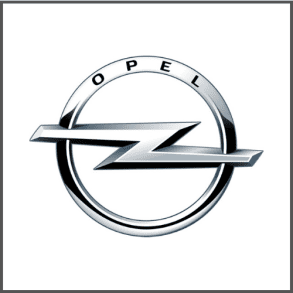
Opel
Research, History, Reviews, Media & More
Model List & Guides / Images & Videos / News & Updates / Performance Data / Featured Stores
Opel: A Journey Through Innovation and Automotive Excellence
Opel is a name that has become synonymous with German engineering and innovation, with a history that spans over a century. From its humble beginnings as a sewing machine and bicycle manufacturer to becoming one of Europe’s leading car brands, Opel has played a crucial role in shaping the automotive industry. This post explores the founding of Opel, its rich history, the iconic models that defined the brand, and the milestones that have marked its journey.
The Founding Vision: Adam Opel
Opel was founded in 1862 by Adam Opel in Rüsselsheim, Germany. However, the company did not begin as a car manufacturer. Initially, Opel produced sewing machines, and by 1886, it had expanded into bicycle manufacturing, quickly becoming the largest bicycle manufacturer in Germany. Adam Opel’s commitment to quality and innovation laid the foundation for what would eventually become one of the most successful car brands in Europe.
Opel's entry into the automotive world began in 1899, four years after Adam Opel's death. The company's first car, the Opel Patent-Motorwagen System Lutzmann, marked the beginning of a new chapter. Although the early years of car production were modest, Opel’s experience in manufacturing and innovation soon propelled it to greater heights.
The Evolution of Opel: A Legacy of Innovation
Opel’s transition from bicycles to cars was marked by a series of innovations and developments that established the brand as a leader in the automotive industry. Here’s a look at some key moments in Opel’s history:
The Laubfrosch (1924):
The Opel Laubfrosch, or “Tree Frog,” was Germany’s first mass-produced car. Its name came from its distinctive green color and compact size. The Laubfrosch was a small, affordable car that played a significant role in making car ownership accessible to the average German citizen, helping to establish Opel as a major player in the automotive market.
The Opel Blitz (1930s-1940s):
The Opel Blitz was a line of trucks introduced in the 1930s that became widely used during World War II. The Blitz was known for its robustness and versatility, and it became the standard truck for the German military during the war. The Blitz name continued to be used in post-war models, contributing to Opel’s reputation for durable and reliable vehicles.
The Opel Olympia (1935):
The Opel Olympia was a groundbreaking model, as it was the first mass-produced car in Germany to feature an all-steel unibody design. This innovation made the Olympia lighter, stronger, and safer than many of its contemporaries, and it set the stage for modern car manufacturing techniques.
Opel’s Acquisition by General Motors (1929):
In 1929, Opel became a subsidiary of General Motors (GM), marking the beginning of a long partnership. This acquisition allowed Opel to expand its reach and benefit from GM’s resources and expertise, helping the brand grow into one of Europe’s leading car manufacturers.
The Opel Kapitän (1938-1970):
The Opel Kapitän was one of the brand’s flagship models, known for its luxury and advanced features. Introduced in 1938, the Kapitän became a symbol of post-war recovery in Germany, offering a spacious interior and a smooth ride. Over its production run, the Kapitän evolved through several generations, each one reflecting the changing tastes and technologies of the time.
The Opel GT (1968-1973):
Often referred to as the "Baby Corvette," the Opel GT was a sleek, sporty coupe that became an icon of the late 1960s and early 1970s. With its pop-up headlights and aerodynamic design, the GT offered the excitement of a sports car at an affordable price. It remains one of Opel’s most celebrated models, and its design continues to influence car enthusiasts today.
The Opel Manta (1970-1988):
The Opel Manta was a stylish coupe that gained a loyal following throughout the 1970s and 1980s. Known for its sharp handling and attractive design, the Manta was popular among young drivers and became a symbol of automotive culture in Europe.
The Opel Corsa (1982-Present):
The Opel Corsa has been one of the brand’s most successful models, with millions of units sold worldwide since its introduction in 1982. Known for its practicality, affordability, and reliability, the Corsa has become a mainstay in the subcompact car market and continues to be a best-seller for Opel.
The Opel Astra (1991-Present):
The Opel Astra replaced the Kadett in 1991 and quickly became one of Opel’s best-selling models globally. The Astra is known for its versatility, being offered in various body styles and engine configurations. It has won numerous awards over the years and remains a key model in Opel’s lineup.
The Opel Ampera (2011):
The Opel Ampera was Opel’s first foray into electric vehicles, launched as a plug-in hybrid. Based on the Chevrolet Volt, the Ampera combined electric driving with an onboard gasoline engine to extend its range. The Ampera was well-received and won several awards, showcasing Opel’s commitment to innovation and sustainability.
Special Milestones and Achievements
Opel’s history is marked by several significant milestones that have contributed to its legacy:
Pioneering Safety Features: Opel has been at the forefront of automotive safety, with innovations such as the introduction of the fully synchronized gearbox in the Olympia and impact-absorbing bumpers in the Opel Senator.
Rocket-Powered Vehicles: In the late 1920s and early 1930s, Fritz von Opel, the grandson of the founder, experimented with rocket-powered vehicles, leading to the creation of the Opel-RAK, a series of rocket-powered cars and airplanes that captured the public’s imagination.
Opel’s Resilience: Despite the devastation of World War II, Opel rebuilt and returned to production, contributing significantly to Germany’s post-war recovery. The brand’s ability to innovate and adapt in challenging times has been a hallmark of its success.
Revitalization under PSA Group: After decades under GM’s ownership, Opel was sold to the French PSA Group (now Stellantis) in 2017. This move revitalized the brand, leading to the development of new models and a renewed focus on electrification and sustainability.
The Enduring Legacy of Opel
Opel’s journey from a small manufacturer of sewing machines to one of Europe’s leading car brands is a testament to its commitment to innovation, quality, and adaptability. Over the decades, Opel has produced a wide range of vehicles that have met the needs of drivers across the globe, from practical family cars to sporty coupes and cutting-edge electric vehicles.
Today, Opel continues to be a major player in the automotive industry, with a renewed focus on electrification and sustainability under the Stellantis umbrella. As the brand looks to the future, it remains committed to its core values of engineering excellence and customer satisfaction, ensuring that Opel’s legacy will continue for generations to come.
Conclusion
Opel’s history is a rich tapestry of innovation, resilience, and success. From its early days as a pioneer in mass production to its current role as a leader in automotive technology, Opel has consistently pushed the boundaries of what’s possible in the world of cars. Whether it’s the classic designs of the Kapitän and GT, the practicality of the Corsa and Astra, or the forward-thinking Ampera, Opel has left an indelible mark on the automotive landscape, continuing to inspire and drive the future of mobility.
Opel Basics
Company type: Subsidiary
Founded: 21 Jan 1862
Founder: Adam Opel
Headquarters: Germany
Area served: Europe (Vauxhall Motors in the UK), Africa, Middle East and Asia-Pacific
Parent: General Motors (1929–2017), PSA Group (2017–2021), Stellantis (2021–present)
Subsidiaries: Opel Eisenach, Vauxhall Motors, Opel Special Vehicles
Did You Know
Opel was founded in 1862 by Adam Opel, but it didn’t start out as a car manufacturer. The company originally produced sewing machines, and it wasn’t until 1899 that Opel produced its first automobile.
Before entering the automotive industry, Opel became the largest bicycle manufacturer in Germany. The company produced its first bicycle in 1886, and by the early 20th century, Opel was a dominant player in the bicycle market.
In 1924, Opel introduced the “Laubfrosch” (Tree Frog), Germany’s first mass-produced car. The Laubfrosch was a small, affordable car that became hugely popular, helping to establish Opel as a leading car manufacturer in Germany.
The Opel Olympia, introduced in 1935, was the first mass-produced German car to feature a fully synchronized gearbox, which made shifting gears much smoother and easier for drivers.
In 2017, Opel was sold by GM to the French PSA Group (now Stellantis). This move revitalized the brand, leading to the development of new models and an increased focus on electrification and sustainability.


